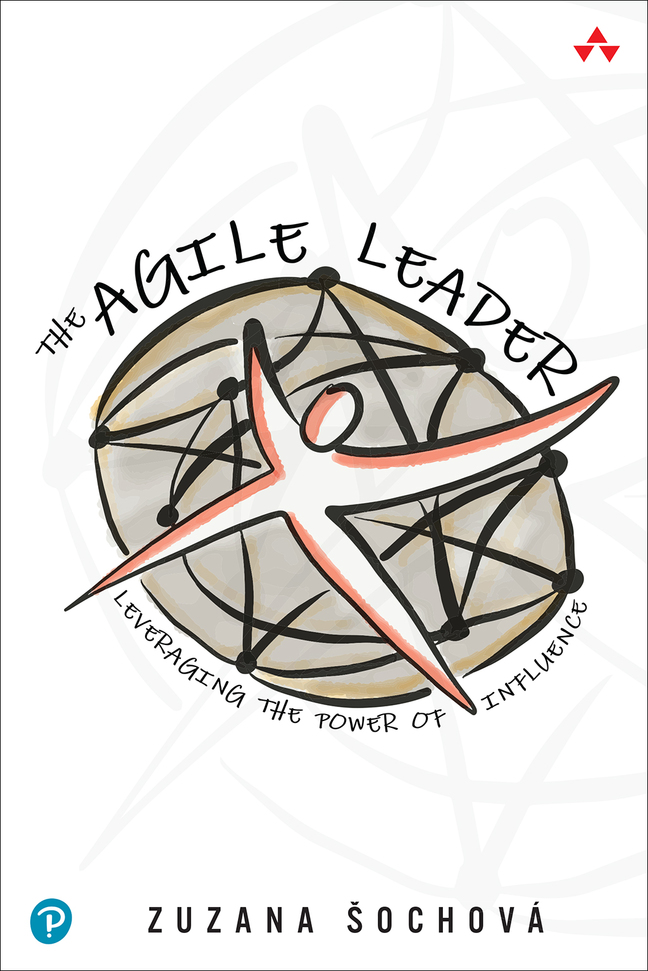User Story is one of the most common formats how to write Product Backlog Item. It has specific format which forces people to focus on business value.
As a [user | role| persona]
I want to get [functionality]
So that I get [business value]
As an example of such User Story for my online beer store called “Berrer” we can write the following:
As Jon (busy manager with no time)
I want to get beers selected by “Beerer”
So that I can impress my friends by variety of rare brands.
It shall give us three different information – Who, What, and Why – which must fit together and once you read it to someone it shall create consistent story together. As you may have noticed the User Story looks at the functionality from the business perspective and is customer centric (note that customers are all user, stakeholders, other teams, … ). We never define how exactly it shall be solved, but describe the business impact we want to achieve.
Write Acceptance criteria was never good idea
Having that definition, companies are often missing the place where to write the exact specification. But there is none. It’s all about conversation. It should fit a small index card. Having said that, teams are still fighting and try to keep it as close as possible to the traditional detailed specification. One way how keep it close is to add detail as Acceptance criteria. It usually looks as checklist of all possible details you shall/shall not implement. It seems to be useful for teams who have limited understanding of business and product but it’s not. To give you an example of such Acceptance Criteria for the above defined User Story, it can look like this:
- Beers from all continents
- At least one beer from Belgium
- Several small local breweries
- One light, dark, Ale, Pils
As a result of it development team is not involved in the story definition anymore. They just take those points one by one and implement it. If it’s not working as we missed something, it’s not their fault but the Product Owners’. He shall have made the missing piece part of the Acceptance criteria. So let’s have a look to better solution.
Define Conditions of Satisfaction instead
As we said before, User Story is about conversation. It shall be simple, clear, and easy to remember. If you write well so it is small enough, there is no need for any additional information at the back side of the card. However sometimes you might find it useful to stress certain expected behavior / impact. In such case we turn the User Story card and write the Conditions of satisfaction. For the above defined story it might be:
Jon can impress his friends by selection of all different tastes of beer selected from micro-breweries across the world.
As a result of this the team is focusing on solving user problem instead of implementing what was defined before. The implementation usually starts with conversation. How can we deliver the more value with less effort? What is the minimal functionality we have to deliver? How can we address his needs? We need everyone involved, everyone interested, and everyone understand the overall business, personas, their needs and their dreams.
It may take bit longer at the beginning, but it’s worth investing the effort as the committed team which is living by the product can always come up with better solution then one Product Owner.
Writing Acceptance criteria is our legacy from traditional world, while defining Conditions of satisfaction is very Agile. Agile and Scrum is mindset. If you have it, it doesn’t matter how you write your User Stories because you already understand the fundamental difference. It’s about value to be delivered to the customer, instead effort, items delivery, and velocity. If you don’t, changing only the label won’t help. You would have to significantly change the way you think about Backlog items and that might be very painful and long process where User Story format with Conditions of satisfaction will help. I went through that change with several companies during Agile Coaching and it was always worth of the effort. If you want to get bit more practice, I also teach it at CSPO – Certified Scrum Product Owner class.

 Learn more about transforming organizations, leadership, and culture with Agile & Enterprise Coaching. Check our Scrum and Agile training sessions on Sochova.com. Grab a copy of The Great ScrumMaster: #ScrumMasterWay book and The Agile Leader: Leveraging the Power of Influence book.
Learn more about transforming organizations, leadership, and culture with Agile & Enterprise Coaching. Check our Scrum and Agile training sessions on Sochova.com. Grab a copy of The Great ScrumMaster: #ScrumMasterWay book and The Agile Leader: Leveraging the Power of Influence book.
Disclaimer: All I write on this blog is purely personal and has no relation with any position I have, used to have or will have in the future.
